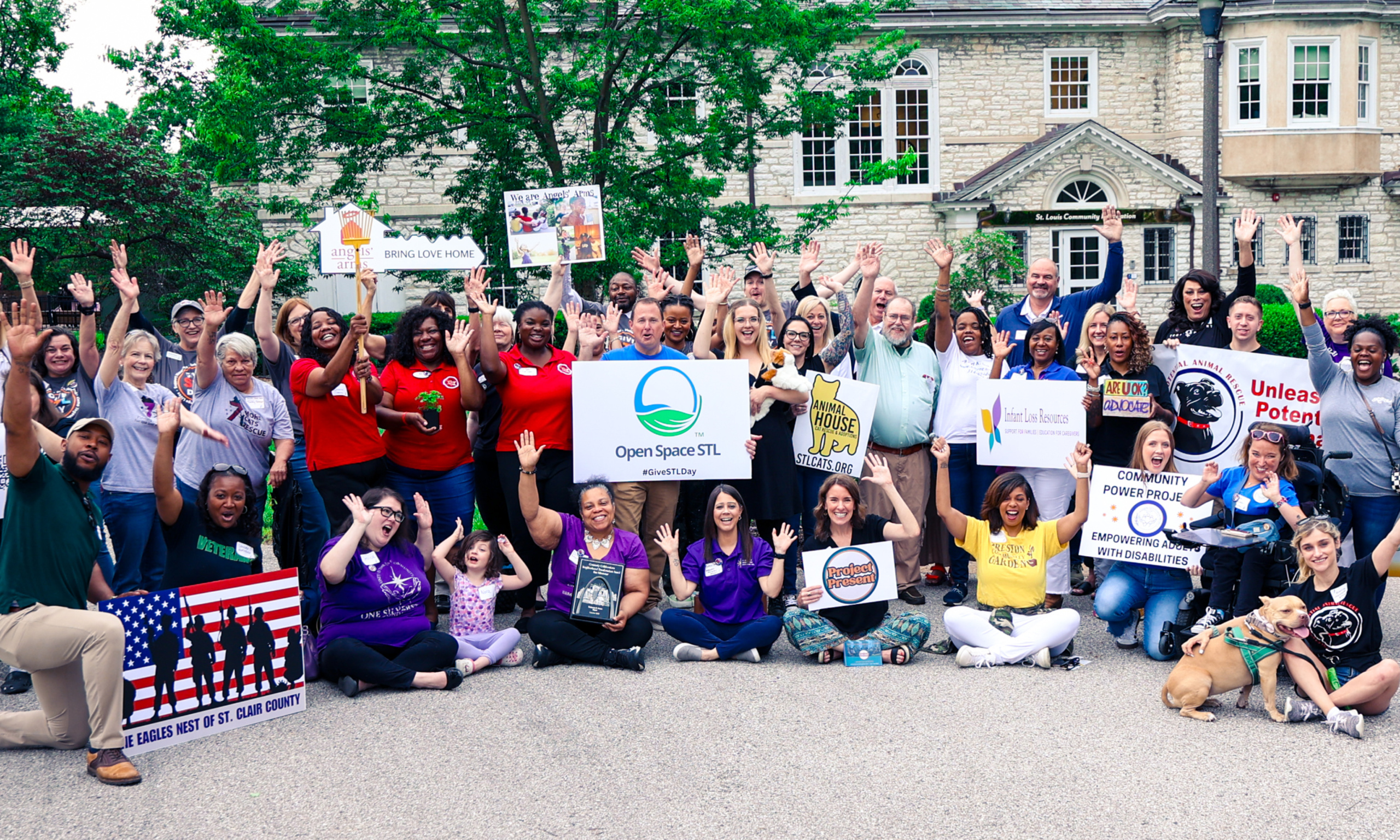Conquering the St. Louis Digital Divide: New Report Outlines Steps Necessary to Bridge the Gap
ST. LOUIS (March 29, 2022) – To bridge the digital divide in St. Louis City and County, the region must address service and device affordability, coverage and quality gaps within its technical infrastructure, and provide digital training and support for many, according to a new report on the subject issued today. It was commissioned by the St. Louis Community Foundation and the Regional Business Council (RBC) and prepared by the Center for Civic Research and Innovation (CCRI) and accounting firm EY (Ernst & Young).
“We have known for more than a decade there is an incredibly serious divide between those who have digital access and the technical knowledge to use it, and those who do not,” said Kathy Osborn, president and CEO of the Regional Business Council. “The pandemic highlighted how serious the problem is not only for school children who lost nearly a year of education, but also for parents required to work from home, and others — particularly seniors, who had to access services like healthcare online.”
Exacerbated by poverty, the report found that nearly half of all households in St. Louis City and County are affected by at least one aspect of the digital divide. Visit www.stldigitaldivide.org for more information.
“Because St. Louis City and County are the economic engines of the region, it is essential that all of our citizens have access to high-speed broadband (HSBB) services and the devices and know-how to use them, regardless of where they live or their socio-economic status,” said Amelia Bond, president and CEO of the St. Louis Community Foundation. “We commissioned this report to better understand what drives this divide and its scope. With this report in hand, we can now develop a plan of action to address it.”
Pillars of the Divide
According to the report, the St. Louis region’s digital divide is comprised of four interconnected elements. Key findings:
Service Coverage and Quality: Between 250,000 to 300,000 households in St. Louis City and County lack access to fiber internet services, likely the long-term, future-proof solution. Service upgrades are also needed, particularly in the most economically disadvantaged regions where upload and download speeds appear inadequate.
Service Affordability: Approximately 150,000 households in St. Louis City and County struggle to afford HSBB. The challenge is particularly acute in St. Louis City and North County given the high proportion of low-income households.
Device Affordability: Approximately 90,000 households across the City and County cannot afford adequate devices; 25 percent of households in the City do not have a computer or only have a smartphone.
Technical Support: Students and their families, along with an estimated 100,000 adults – particularly seniors – need some form of digital literacy support. The report found that public libraries and local community organizations are likely best suited to coordinate such initiatives.
To address each of these elements, a multiyear and multifaceted approach will be needed, the report contends.
While the report contains rough project estimates, Bond quickly points out that those were used to evaluate the scope of the challenge and are not hard figures.
“This is a foundational document to give us an understanding of what barriers exist, and costs certainly factor into that discussion, but it’s too soon to put a price tag on this effort,” she said. “We need detailed plans to do that and the data in this report will allow us to prepare those. The next step for our community is to develop the approaches necessary that will ultimately equip our neighbors with the tools and knowledge needed to thrive in a wired world.”
Osborn agreed. “This report lays out the region’s vulnerabilities and the effort needed to address them and they extend far beyond physical infrastructure. Collaboration and leadership across all sectors will be crucial as we work together to create and invest in systemic solutions that help close the gap. The time is now. Our economic vitality depends on it.”
The report was developed with funding and support from the Boniface Foundation, Missouri Foundation for Health, NISA Charitable Fund, St. Louis Public Schools Foundation, St. Louis Regional Response Fund, and The Opportunity Trust.
About the St. Louis Community Foundation
The Foundation is a nonprofit with approximately 800 charitable funds and total assets of $554 million. Each fund represents a unique charitable giving partnership between nonprofit recipients and an individual, family, or business. The St. Louis Community Foundation inspires purposeful philanthropy that connects the community and donors to build and preserve a more equitable and vibrant region, now and forever. Over the last five years, the St. Louis Community Foundation and its donors contributed nearly $590 million to nonprofits, initiatives, and regional efforts. www.stlgives.org
About the Regional Business Council
The Regional Business Council is a consortium of more than 100 CEOs of large companies in St. Louis, employing more than 120,000 people and generating more than $65 billion in annual revenue. This coalition is essential to enhancing the well-being and vitality of the region because its members have a tremendous impact on the economic health of the region. The mission of the RBC is to unite and engage members to act on high-impact business, civic and philanthropic affairs for the betterment of the St. Louis region. The RBC’s 2022 key areas of focus include Talent & Workforce Development, Racial Equity, Diversity & Inclusion, Crime & Public Safety, K-12 Education, and Quality of Life. www.stlrbc.org
Connect:
- Website: www.stldigitaldivide.org
- Facebook: @stldigitaldivide
- Twitter: @stldigitaldiv
Reports:
- St. Louis Digital Divide Summary Report
- St. Louis Digital Divide Full Report
- St. Louis Digital Divide Education Summary Report
- St. Louis Digital Divide Education Full Report
Contact:
Margaret Welch at 314-703-1215
Margaret@mgwcommunications.com
Mary McHugh, 314-910-1528
Marymchugh1@mac.com


